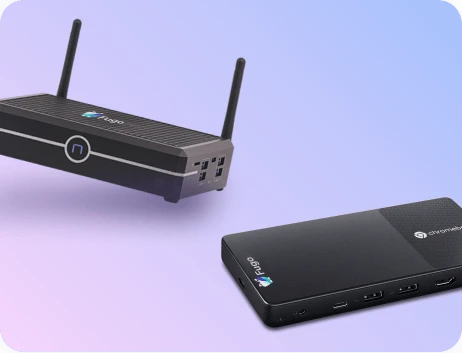Digital Signage Wiki/Passive infrared motion detection
3 min read
Apr 24, 2025
Passive infrared motion detection
Passive infrared motion detection is a technology used in digital signage to detect motion by measuring infrared light emitted from objects in its field of view, enabling dynamic content delivery.
What is Passive infrared motion detection?
Passive infrared motion detection is a technology that plays a crucial role in modern digital signage systems. By detecting infrared radiation emitted by objects, particularly humans, it allows for the activation of dynamic content based on movement. This capability enhances user engagement and ensures that the displayed content is relevant and timely. The integration of passive infrared sensors in digital signage systems has revolutionized how businesses interact with their audiences, offering a more personalized and interactive experience.
How Passive Infrared Motion Detection Works
Passive infrared motion detection operates by using sensors that detect infrared radiation naturally emitted by objects in their environment. These sensors are typically composed of a pyroelectric sensor that can detect changes in infrared radiation levels. When an object, such as a person, moves within the sensor's field of view, it causes a change in the infrared radiation pattern. The sensor detects this change and sends a signal to the digital signage system, triggering a pre-programmed response. This response could be anything from displaying a specific advertisement to adjusting the brightness of the screen. The technology is termed "passive" because it does not emit any radiation itself; it merely detects the infrared energy emitted by other objects. This makes it energy-efficient and suitable for various applications where active emission of signals is not desirable.
Implementing Passive Infrared Motion Detection in Digital Signage
The implementation of passive infrared motion detection in digital signage involves integrating sensors into the signage hardware or placing them strategically in the environment. These sensors are connected to the digital signage software, which is programmed to respond to motion detection events. For instance, in a retail setting, when a customer approaches a display, the sensor detects their presence and triggers content that is tailored to their interests or demographics. This could be promotional videos, product information, or interactive elements that engage the customer. The technology can also be used in public spaces to manage energy consumption by dimming screens when no motion is detected, thus saving power. Additionally, in environments like museums or exhibitions, passive infrared sensors can enhance visitor experience by providing context-sensitive information as visitors move through different areas. The seamless integration of this technology into digital signage systems enhances the interactivity and effectiveness of the content delivery.
Conclusion on Passive Infrared Motion Detection
Passive infrared motion detection is a transformative technology in the realm of digital signage, offering enhanced interactivity and energy efficiency. By detecting motion and triggering relevant content, it ensures that audiences receive timely and engaging information. This technology not only improves user experience but also optimizes the operational efficiency of digital signage systems. Learn more about Passive infrared motion detection – schedule a demo at https://calendly.com/fugo/fugo-digital-signage-software-demo or visit https://www.fugo.ai/.
Keep the learning going...
PAM (Proactive Monitoring)
PAM (Proactive Monitoring) in the context of digital signage refers to the continuous and automated process of tracking and analyzing the performance and status of digital signage systems to ensure optimal functionality and to preemptively address potential issues before they affect operations.
4 min read
Apr 24, 2025
Panasonic professional displays
Panasonic professional displays are high-quality visual solutions designed for use in various commercial settings, including digital signage, education, and corporate environments.
2 min read
Apr 24, 2025
Peer-to-peer streaming
Peer-to-peer streaming is a decentralized method of distributing digital content where each participant in the network acts as both a supplier and consumer of data, enhancing efficiency and reducing server load.
3 min read
Apr 24, 2025



